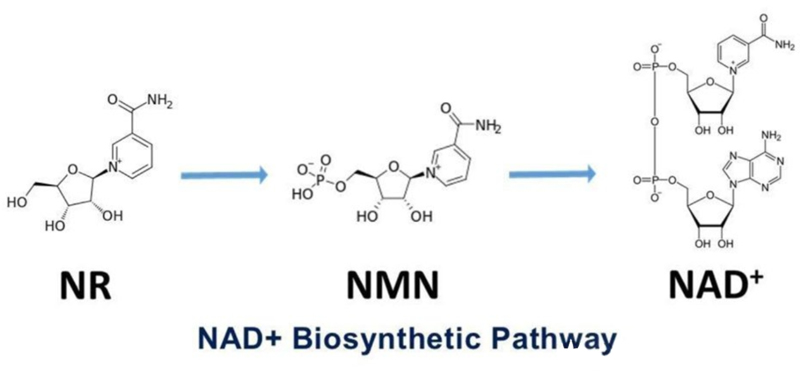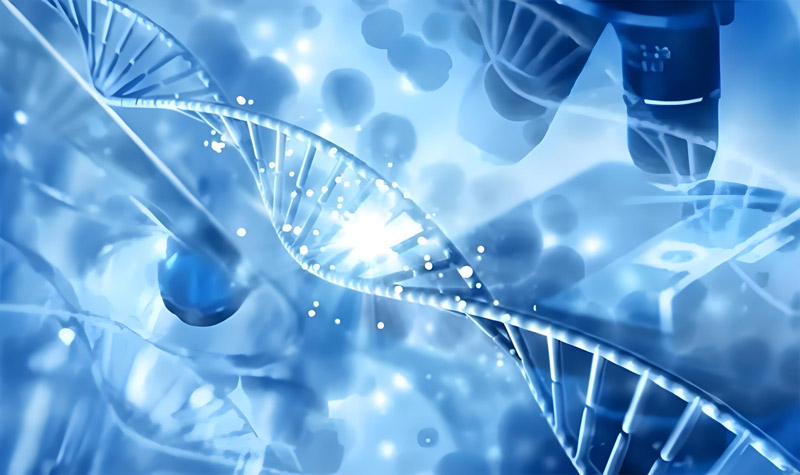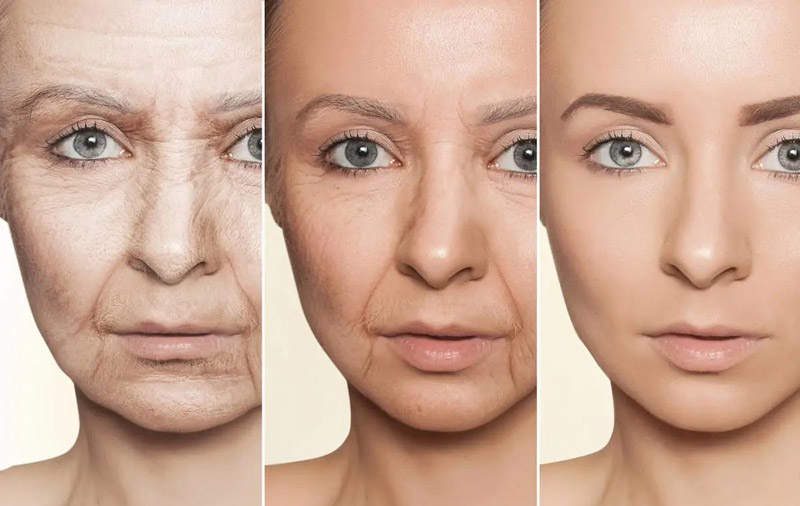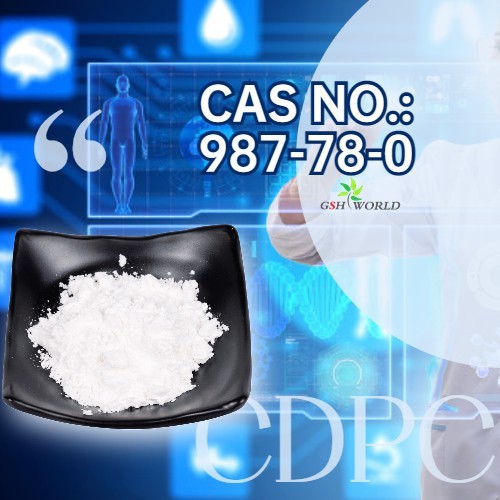Introduction to NMN and NR
Amine mononucleotides (NMN) are both NAD+ precursors and play a key role in cell metabolism and repair.
NAD+ levels naturally decline with age, and supplementation with these compounds can help replenish NAD+ and support key biological functions.
Key Coenzyme: NAD+ is essential for energy production, DNA repair and maintenance of cell homeostasis.
Both NMN and NR help maintain optimal NAD+ levels, potentially slowing aging and age-related decline.
NAD+ precursors: Both NMN and NR are converted to NAD+ intracellular, but their mechanisms and efficiency may differ.
This process has prompted extensive research into its efficacy potential, particularly in terms of aging and metabolic health benefits.
NMN, NR Who is better for anti-aging?
Currently, no studies have directly compared the health effects and longevity effects of NMN and NR.
Many aging experts and researchers consider NMN to be better than NR.
Some companies are heavily promoting NR.
As we age, the immune system weakens and cell repair mechanisms slow down. Both NMN and NR have been found to enhance immune function and DNA repair processes, thereby promoting overall health.
Immune cells: NMN and NR support immune function by enhancing the activity of peripheral blood mononuclear cells, which are critical to the immune response.
DNA repair: NAD+ is also essential for DNA repair, and both NMN and NR help activate enzymes that repair DNA damage, reducing the effects of aging on the health of the body's cells.
NR (nicotinamide riboside) and NMN (Nicotinamide Mononucleotide) supplements are often hailed as the two most promising supplements to help slow aging.
NR and NMN are precursors of NAD+ (nicotinamide adenine dinucleotide). This means that NR and NMN are converted to NAD+.
NAD+ is a very important molecule that has multiple roles in our cells, including making deacetylases (enzymes that protect our DNA and regulate the epigenome) work properly and helping PARPs with their task of repairing damaged DNA.
As we age, the level of NAD+ in our cells decreases a lot. Low NAD+ levels are associated with:
Epigenetic change
DNA damage
Protein accumulation
Inflammatory aging
Decreased metabolism, leading to weight gain and an increased risk of type 2 diabetes, metabolic syndrome, fatty liver disease, and other metabolic disorders
fatigued
Decreased vascular health
Age-related muscle loss
Age-related cognitive decline
Age-related vision and hearing loss
Taking NR and NMN can increase NAD+ levels. Higher levels of NAD+ protect our epigenome and DNA.
Increasing NAD+ levels can bring many health benefits to various organs, such as the brain, cardiovascular system, and muscles:

Which is better, NMN or NR?
Currently, no studies have directly compared the health effects and longevity effects of NMN and NR. However, many aging experts and researchers believe that NMN is better than NR. Here's why:
1. One step less NMN

Compared with NR, NMN has one less step in the path to generate NAD+.
The path for generating NAD+ is as follows:
NR is converted to NMN, which is then used to build NAD+,
perhaps
NR => NMN => NAD+ => DNA repair and epigenetic maintenance
NMN thus loses one step in the NAD+ conversion path. NR first needs to be phosphorylated to convert to NMN, which is then used to produce NAD+.
NAD+ is the molecule that makes deacetylases and PARP enzymes work (for example, repairing DNA damage and maintaining epigenetic inheritance).
2. NMN appears to show more impressive effects in studies

If you look at all the studies on NMN and NR, it seems that NMN is able to produce stronger and more diverse effects than NR. The NMN study seems even more impressive.
Five-month-old mice that received NMN for more than a year showed improved insulin sensitivity and lipid metabolism, better vision, increased bone density, improved mitochondrial and metabolic function, better body weight, and stronger immunity.
Older mice that received NMN for 8 weeks showed significant improvements in vascular health, such as reduced arterial stiffness and reduced arterial oxidative stress.
Taking NMN in older mice even restored their fertility.
For a wide range of age-related symptoms and disease improvements, NMN appears to be more common than NR.
3. NMN has effects that NR does not

Studies have shown that NMN can improve a variety of aging symptoms and diseases, while NR cannot do this.
NMN has been shown to increase endurance and exercise capacity by up to 80%, while NR cannot achieve this. On the contrary, one study showed that NR actually reduced physical performance by 35%.
In one model of mitochondrial disease, called Friedreich's ataxia, NMN can successfully treat multiple symptoms of this serious metabolic disease, while NR cannot achieve this.
In mouse models of Alzheimer's disease, NMN reduced beta-amyloid accumulation, while NR did not reduce beta-amyloid formation (which improves cognitive function). The accumulation of beta-amyloid protein is a driving force in Alzheimer's disease.
Professor David Sinclair of Harvard University, who is recognized for his work on NMN, NR, and NAD+ metabolism, shares insights on the potential advantages of NMN over NR in this interview.
4. Biotech companies focus on NMN, not NR
Many companies developing anti-aging treatments focus on NMN, rather than NR.
For example, Jumpstart Fertility, a subsidiary of Life Biosciences, has focused primarily on NMN and NNM analogues, rather than NR, to improve animal fertility.
Metro Biotech is investigating NMN and NMN analogues to improve NAD+ metabolism. In fact, if you look at the patent application filed by Metro Biotech, they apply for an NMN analogue (which contains a phosphate group, like NMN) and not a NR analogue (which does not contain a phosphate group) :







